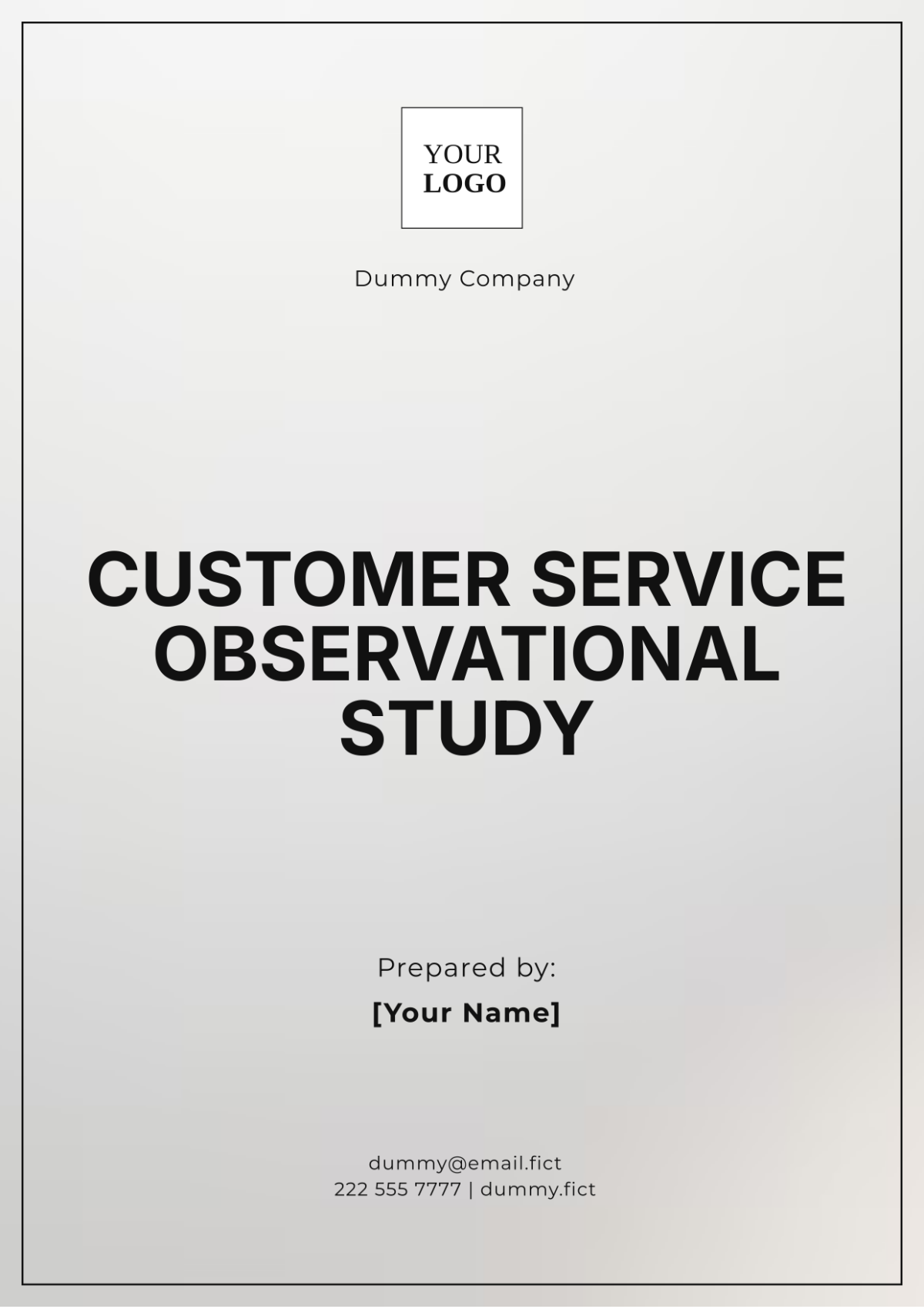Marketing Research on Media Segmentation
Abstract
With the increasingly fragmented nature of media consumption, understanding media segmentation is pivotal for businesses aiming to enhance their targeting strategies. This research, conducted by [Your Company Name], delves into the significance, methodologies, and practical implications of media segmentation in the modern marketing.
Introduction
The evolution of media has not only diversified the channels available to marketers but has also created a complex ecosystem where audiences are segmented by various factors, from demographics to behavior to device preference. Navigating this multifaceted landscape requires an in-depth understanding of media segmentation, which becomes instrumental in ensuring businesses can connect with their audiences effectively.
The Rise of Multichannel Marketing:
Over the past few decades, the media landscape has seen an unprecedented expansion. Gone are the days when marketing was limited to TV, radio, and print. Today, marketers have many channels at their disposal, ranging from social media to streaming platforms, podcasts, and augmented reality experiences.
This rise in multichannel marketing strategies necessitates understanding how audiences interact with each channel. The integration of these multiple platforms requires not just skill, but also the knowledge to determine where one's audience is most active and engaged. Recognizing the importance and nuances of each channel will be key to crafting strategies that resonate.
Methodology
To ensure a comprehensive understanding of media segmentation and its implications on marketing, we adopted a robust and layered approach in our research methodology. Our aim was to capture both the depth and breadth of media consumption patterns, preferences and influences across diverse demographic profiles.
1. Qualitative Interviews: In-depth interviews were conducted with [000] global media experts, including marketing professionals, media planners, and digital strategists. These interviews focused on extracting insights into emerging media trends, challenges faced in segmentation, and the effectiveness of different marketing channels.
2. Quantitative Surveys: A broad-based survey was administered to a diverse group of [00,000] respondents spanning five continents. This survey was designed to capture quantitative data on media consumption habits, preferences for various media channels, and the factors influencing these choices.
3. Sampling: To ensure that our findings are representative and free from sampling bias, we employed stratified random sampling. This technique ensured that individuals from various age groups, socioeconomic backgrounds, and geographical regions were adequately represented.
4. Data Analysis: Basic statistical analyses were performed to understand general trends and patterns in media consumption. Using machine learning algorithms, we predicted future trends in media consumption, aiding in forecasting the potential shifts in media segmentation for the next decade.
5. Limitations: While our methodology was comprehensive, it's important to note potential limitations. Firstly, the rapid pace of media evolution means that preferences and trends might shift faster than our prediction models can anticipate. Secondly, cultural nuances may affect media consumption in ways not fully captured by a global survey.
In spite of these limitations, our mixed-methods approach has equipped us with a detailed and nuanced understanding of the current media segmentation landscape, setting the stage for actionable marketing insights.
Findings
Our multifaceted research approach yielded significant insights into the evolving realm of media segmentation. The following are our key findings:
Media Consumption Patterns by Age: The age-wise breakdown paints a vivid picture of how different generations gravitate towards or away from certain media.
The younger demographic's affinity for digital platforms is evident, underscoring the diminished influence of traditional media like print and TV among them. Interestingly, AR, while still nascent, has consistent traction across all age groups, indicating its potential to become a mainstream medium in the coming years.
Channel Preferences: This section evaluates which media channels are gaining the most traction and attention from audiences.
Media Channel | Preference Score out of 10 |
Social Media | 8.5 |
Streaming Video | |
News Website | |
AR Experience | |
Podcasts |
While Social Media and Streaming Video are the current leaders, there's noticeable interest in AR experiences, suggesting that marketers should closely monitor its adoption trajectory.
Key Influencing Factors for Media Choice: Understanding the factors that influence users' media choices offers invaluable insights for tailored marketing strategies.
Factor | Influence Score out of 10 |
Personalization | 9.0 |
Interactivity | 8.5 |
Relevance of Content | 8.2 |
Speed and Load Times | 7.5 |
Integration of AR | 7.0 |
The data underscores the importance of a tailored user experience. Audiences today are not merely content consumers; they seek interactive, personalized, and relevant content. Speed remains crucial, indicating that user experience factors heavily into media preferences.
Discussion
The findings shed light on the intricate dynamics of media consumption patterns, offering a roadmap for marketers to navigate this evolving terrain. The discussion that follows delves deeper into the implications of these findings, contextualizing them within broader industry trends and offering a nuanced understanding of their significance.
Generational Shift in Media Consumption:
The data underscores a generational shift in media consumption, with younger age groups exhibiting a profound inclination towards digital platforms. This trend isn't just indicative of a technological shift, but also a cultural one. The digital-native generation seeks immediacy, interactivity, and customization in content consumption, values not as readily offered by traditional media. Brands targeting younger demographics need to prioritize digital marketing strategies while also preparing for emerging platforms like AR to become mainstream.
The Evolution of Personalization:
The heightened preference for personalized content underscores the importance of data-driven marketing. Modern consumers, accustomed to curated experiences in online shopping or streaming services, now expect similar tailoring across all content platforms. Marketers must leverage advanced analytics and AI-driven tools to deliver content that resonates personally.
Augmented Reality – The Sleeping Giant:
Despite AR's relatively low consumption rate at present, its consistent presence across all age groups and regions hints at its vast potential. As technology becomes more accessible and integrates more seamlessly into daily life, AR could redefine the marketing landscape. While it might be premature to allocate significant marketing budgets solely to AR, brands should be experimental, investing in pilot projects and staying abreast of AR developments.
The Symbiosis of Content and Speed:
While content relevance remains paramount, the significance of speed and load times, particularly in digital platforms, cannot be understated. In an era of diminishing attention spans, even minor delays can lead to substantial user drop-offs. Beyond crafting compelling content, ensuring its swift and seamless delivery should be a priority. This involves optimizing websites, investing in robust hosting solutions, and ensuring content is optimized for mobile devices.
Recommendations
Given the rich insights derived from our findings and subsequent discussion, several actionable recommendations emerge for marketers aiming to harness the full potential of media segmentation. These recommendations are designed to address both current challenges and anticipate future shifts in the media landscape.
1. Embrace Hyper-Personalization: With personalization emerging as a leading influencer in media preferences, it’s vital for brands to go beyond basic tailored marketing.
a. Utilize AI and Machine Learning tools to analyze customer behavior in real time.
b. Offer content, offers, and ads based on individual user behavior, past interactions, and predictive analytics.
2. Pioneering AR Initiatives: The latent potential of AR cannot be ignored. Being an early adopter can provide a competitive advantage.
a. Collaborate with AR specialists to develop immersive experiences for your audience.
b. Test pilot AR campaigns to gauge user response and refine strategies accordingly.
3. Focus on Mobile Optimization: Given the dominant role of digital media, especially among younger demographics, ensuring optimal mobile experiences is paramount.
a. Regularly test website and content load times on various devices.
b. Invest in responsive design to ensure content is accessible and engaging across all screen sizes.
4. Develop Region-Specific Strategies: Regional variations in media consumption highlight the need for geo-targeted strategies.
a. Conduct region-specific market research to understand unique preferences and trends.
b. Tailor marketing campaigns to resonate with local cultures, values, and media consumption habits.
5. Invest in Continuous Learning and Training: The rapid evolution of the media landscape requires marketing teams to be agile and informed.
a. Facilitate regular training sessions for your marketing team on emerging technologies and trends.
b. Collaborate with industry experts and think tanks to stay ahead of the curve.
6. Foster Engagement Through Interactivity: Interactivity emerged as a significant influencer, implying that passive content consumption is waning in favor of more engaging experiences.
a. Incorporate interactive elements in digital campaigns, such as polls, quizzes, or interactive videos.
b. Engage with audiences on social media platforms through Q&A sessions, live streaming events, or interactive challenges.
Incorporating these recommendations into a brand's marketing strategy can pave the way for higher engagement, stronger brand loyalty, and an enhanced understanding of ever-evolving audience preferences. Adopting a proactive approach, grounded in continuous research and adaptation, will be key to success in the dynamic world of media.
Conclusion
Understanding the dynamics of media segmentation is more than a strategic advantage—it's necessary in today's diversified media landscape. By recognizing the preferences and habits of different segments, marketers can tailor campaigns that resonate more profoundly with their target audience.
Marketing Templates @ Template.net

















































